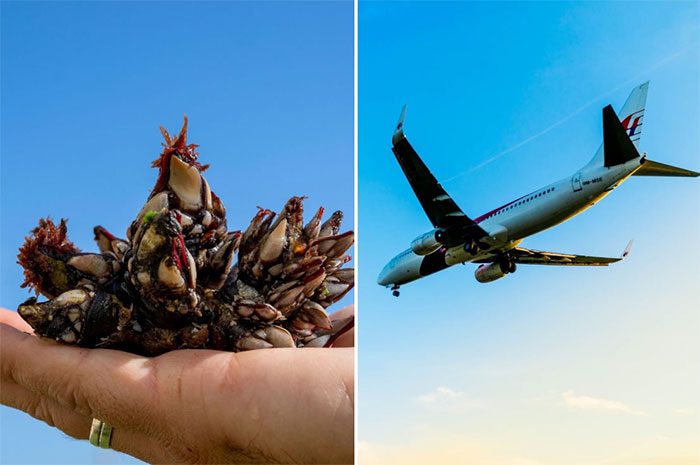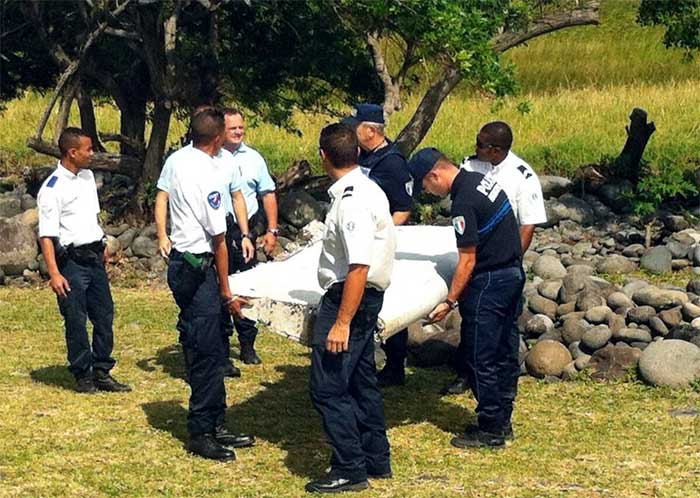New research shows that the aircraft may have drifted further “south” than previously predicted.
Investigators have discovered barnacles on a piece of aircraft debris. This could be the key to unraveling the mystery of Malaysia Airlines Flight MH370, which went missing in 2014.

Barnacles will provide crucial information for the MH370 search.
According to research published in AGU Advances, MH370 may have drifted “farther south.” Barnacles were found on a wing component that drifted to Réunion Island in the Indian Ocean. This wing part is located near the fuselage and is used to increase lift and provide drag during landing.
Flight MH370 took off on March 8, 2014, from Kuala Lumpur to Beijing. However, less than an hour after takeoff, the aircraft lost contact with air traffic control and has been missing ever since. All 227 passengers and 12 crew members are presumed dead.
The search for the Boeing 777, designated MH370, lasted four years and employed various methods. Although search teams never found the aircraft itself, many pieces of debris have washed up across the Indian Ocean.
By studying the shells of the barnacles, researchers can calculate the sea surface temperature where they lived. This will provide critical information for the ongoing search for MH370.

Police carry a piece of aircraft debris found on Réunion Island on July 29, 2015. (Photo: AFP).
Gregory Herbert, an associate professor at the University of South Florida, stated: “The wing had barnacles on it. As soon as I saw that, I immediately emailed the investigators because I knew the chemical composition of their shells could provide clues about the location of the accident.”
The associate professor added that the largest and oldest barnacles have yet to be studied. However, with this clue, scientists and investigators can reconstruct the drift path of the debris.
The search for the aircraft, directed by the Malaysian government, ended in 2017. In 2018, the private company Ocean Infinity conducted a second search, but it also had to cease operations due to a lack of findings. In 2022, the company announced that if approved by the Malaysian government, they would like to initiate a new search in 2023 or 2024.


















































